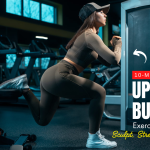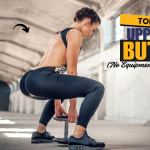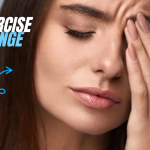You don’t need high-intensity workouts or endless crunches to build a strong core. In fact, low-impact exercises can be just as effective—and even more sustainable—especially for plus-size women prioritizing joint health, consistency, and self-love.
Introduction: It’s Not About the Flat Tummy—It’s About Core Strength and Confidence
Let’s face it—mainstream fitness often overlooks plus-size women, promoting the idea that abs only “count” if they’re flat and toned. But here’s the truth: core strength has nothing to do with your size and everything to do with how your body supports you in daily life. From better posture and balance to reduced back pain and boosted confidence, building core strength should be empowering—not intimidating.
You deserve a workout routine that honors your body, not punishes it. That’s where low-impact abs workouts come in. They’re gentle on the joints, beginner-friendly, and designed to make you feel stronger from the inside out.

What Can Happen After 30 Days of Low-Impact Abs Workouts?
| Benefit | What You May Notice |
|---|---|
| Improved Core Strength | Easier time sitting or standing upright, better control of your midsection |
| Reduced Back Discomfort | Less lower back pain due to stronger support from core muscles |
| Better Posture | Standing and sitting taller with less slouching |
| Enhanced Balance & Stability | Improved coordination, especially while walking or doing daily tasks |
| Increased Body Confidence | Feeling empowered and proud of your body’s abilities |
| Greater Mobility | Easier movement during daily activities like bending, reaching, or getting up |
| More Consistent Energy | Improved circulation and breathing patterns, leading to increased stamina |
| Visible Toning (Subtle) | Slight muscle definition or firmer midsection, depending on your body type |
| Stronger Mind-Body Connection | Increased awareness of how your body moves and responds to exercise |
| Motivation to Continue | A growing desire to keep going as you feel stronger and more in control |
Why Low-Impact Matters for Plus-Size Bodies
Low-impact exercises minimize stress on the joints while still activating deep core muscles. For plus-size women, this approach:
- Reduces the risk of injury or strain
- Supports long-term consistency
- Increases mobility and daily energy
- Builds self-trust and body awareness
Myth Buster: You don’t have to be thin to have strong abs. Core muscles are for everyone—no matter your weight or shape.
Warm-Up (5 Minutes): Gently Activate and Prepare the Body
Before starting any core work, warm-ups are essential to increase circulation and reduce stiffness.
Warm-Up Routine
- March in Place – 2 minutes
- Arm Circles with Deep Breaths – 1 minute
- Seated Torso Twists – 1 minute
- Neck Rolls and Shoulder Shrugs – 1 minute
These moves gently activate your core, get your joints moving, and transition your body into workout mode.
Low-Impact Abs Workout Routine (15–20 Minutes)
You can perform this workout 3–4 times a week, resting as needed. All exercises can be done on a mat, chair, or bed for extra support.
1. Seated Knee Lifts

How to do it: Sit tall on a chair. Slowly lift one knee toward your chest while engaging your abs. Alternate sides.
Reps: 10–12 each leg
Benefits: Activates lower abs without strain on the lower back.
2. Wall Standing Crunches

How to do it: Stand against a wall. Contract your core as if doing a crunch while gently pressing your lower back into the wall.
Reps: 10–15
Benefits: Trains ab muscles while fully supported.
3. Dead Bug (Modified)

How to do it: Lie on your back with knees bent and arms up. Slowly lower the opposite arm and leg, then switch. Keep your back flat on the floor.
Reps: 8–10 on each side
Tip: Place a pillow under your back if needed.
Benefits: Builds coordination and deep core stability.
4. Seated Side Bends

How to do it: From a seated position, place one hand behind your head and bend sideways to the opposite side, then switch.
Reps: 10 on each side
Benefits: Strengthens obliques and improves spine flexibility.
5. Bird-Dog (Kneeling or Against Wall)
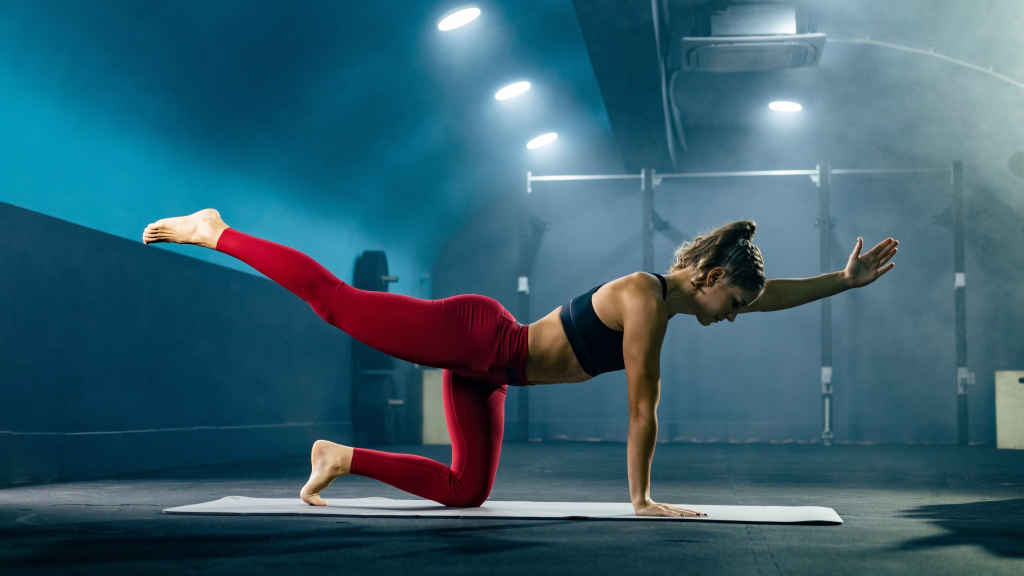
How to do it: On all fours (or leaning into a wall), extend one arm and the opposite leg. Pause, then return.
Reps: 8 on each side
Benefits: Strengthens core and improves balance without impact.
6. Pelvic Tilts
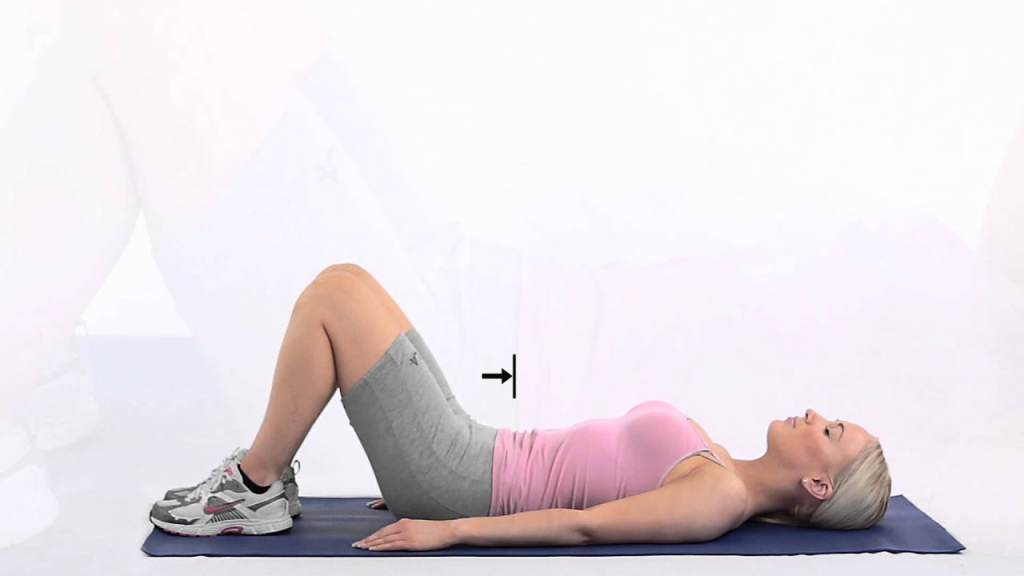
How to do it: Lie on your back, knees bent. Gently tilt your pelvis up while tightening your core, then release.
Reps: 10–12
Benefits: Excellent for activating deep core muscles and easing lower back tension.
7. Core Breathing (Diaphragmatic Breathing)
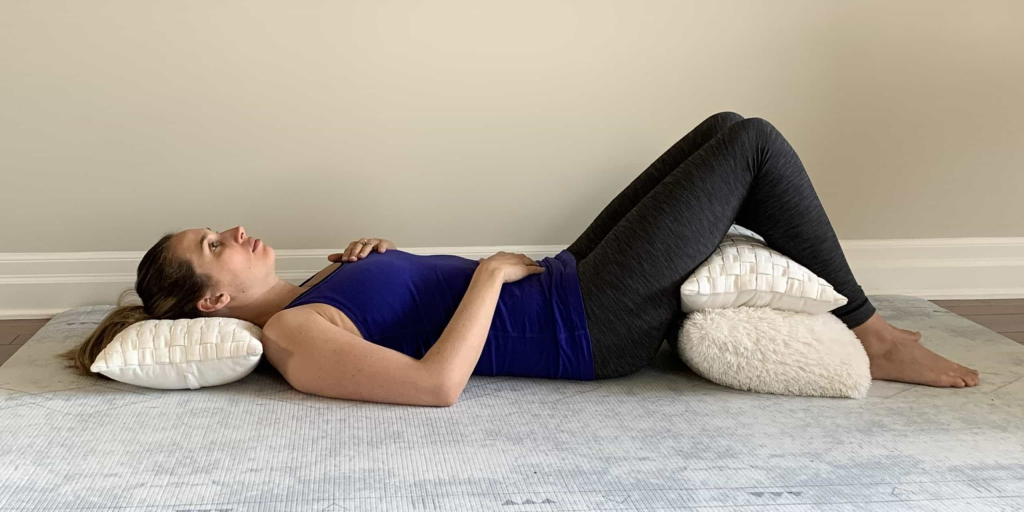
How to do it: Inhale deeply through the nose, expanding your belly. Exhale while drawing your navel gently toward your spine.
Reps: 5 deep breaths
Benefits: Trains your transverse abdominis (deepest core muscle) and supports posture.
Cool Down (5 Minutes): Unwind and Celebrate Your Body
Always finish with gentle stretches to release tightness and honor your progress.
Cool-Down Routine

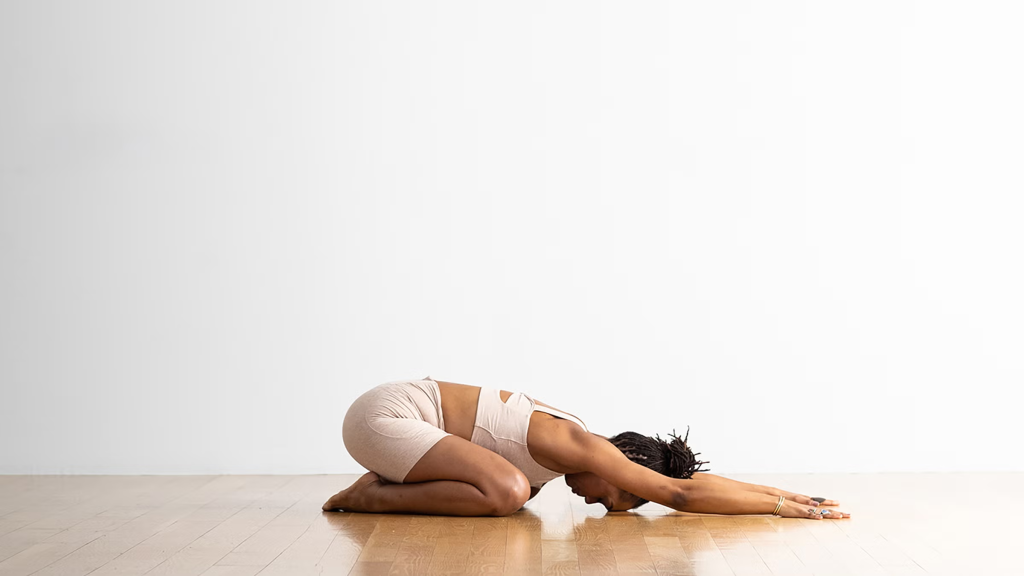


Interesting Fact:
According to research, a strong core contributes to better digestion, improved mood, and even enhanced breathing capacity. That’s right—your abs do more than look good; they help you feel good too.
Tips to Maximize Results Without Pressure
- Focus on progress, not perfection – Small, consistent efforts build long-term strength.
- Pair with joyful movement – Walking, dancing, or water aerobics complement core work beautifully.
- Listen to your body – Rest when needed and modify exercises without guilt.
- Hydrate and nourish – Supporting your muscles goes beyond the workout mat.
Final Thoughts: Redefining What Strong Looks Like
Building core strength doesn’t require a six-pack or high-impact routine. For plus-size women, it’s about showing up, moving with care, and celebrating every ounce of progress.
Confidence is built by what your body can do—not what it looks like. Low-impact ab workouts offer a safe, powerful path toward strength and self-respect.
So unroll your mat, take a deep breath, and remember: your core is already amazing. Let’s make it even stronger—together.
Frequently Asked Questions (FAQs)
Can plus-size women really build strong abs with low-impact workouts?
Absolutely! Low-impact workouts effectively target and strengthen the core muscles. Size does not determine muscle strength. With consistency and proper form, plus-size women can build a strong and stable core just like anyone else.
Do I need to lose weight first to start core workouts?
No, not at all. Core exercises are beneficial at any size and can actually support weight management by improving mobility, posture, and metabolism. Starting now helps you build strength, balance, and body awareness without waiting for the “perfect” time.
Will ab exercises give me a flat stomach?
Not directly. Core workouts strengthen the abdominal muscles but don’t specifically burn belly fat. Spot reduction is a myth. However, stronger abs can improve posture, reduce bloating, and create a more toned appearance when combined with overall wellness habits.
How often should I do low-impact abs workouts?
2 to 4 times per week is a great place to start. It’s important to give your muscles time to recover between sessions. Even 15 minutes a session can make a difference when done consistently.
Can I do these exercises if I have joint pain or knee issues?
Yes, that’s one of the biggest benefits of low-impact workouts. Many of the moves—like seated or wall-based exercises—reduce pressure on the joints. Always consult your healthcare provider if you have chronic pain or a medical condition before starting.
Do I need equipment for low-impact abs workouts?
No special equipment is needed. A sturdy chair, yoga mat, or towel is enough. Some people choose to use resistance bands or stability balls later for progression, but they are completely optional.
Are chair or bed workouts effective for core strength?
Yes! Seated or bed-based ab workouts can be surprisingly effective for activating deep abdominal muscles. These modifications allow for safe, comfortable engagement of the core without compromising joint health.
What if I can’t do all the reps?
That’s perfectly okay. Modify the reps or take breaks when needed. The key is progress, not perfection. Over time, your strength and endurance will grow naturally.
Can low-impact abs workouts help with back pain?
Definitely. A strong core supports spinal alignment and reduces pressure on the lower back. Many low-impact core exercises are used in physical therapy to relieve back pain and improve posture.

